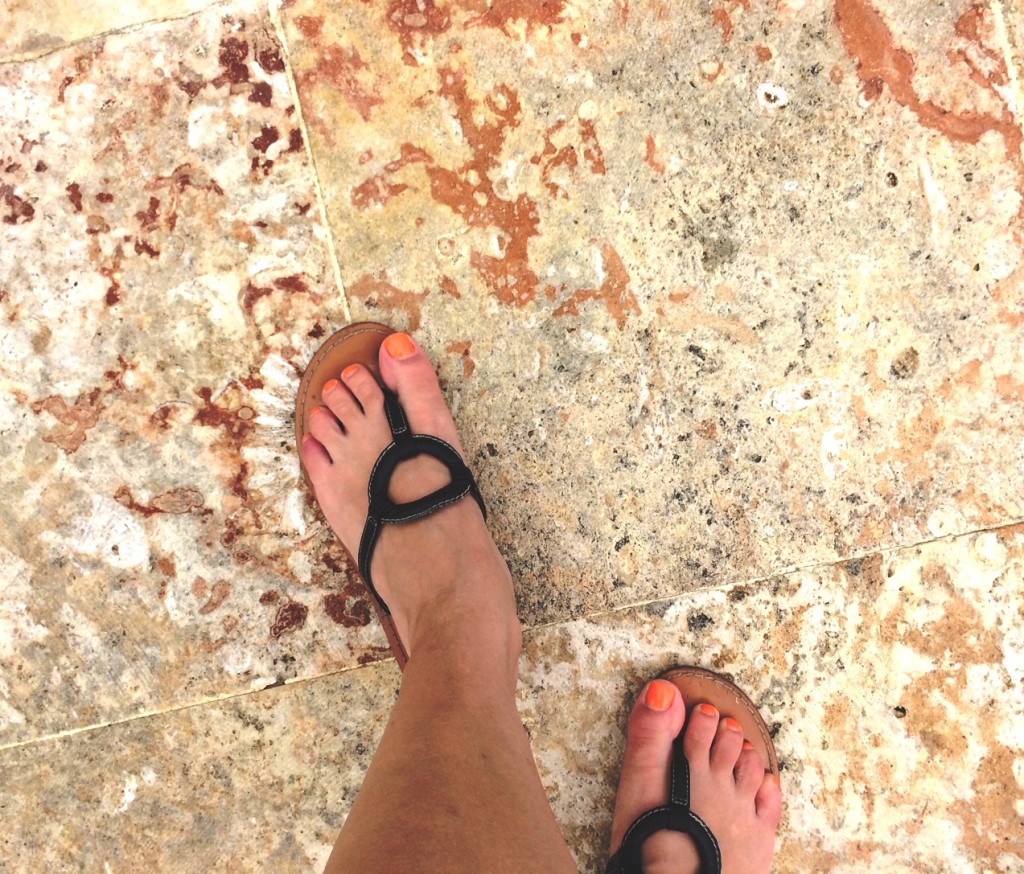The Chair
The chair in many ways seems to be symbolic of the Interior Design profession as a whole. Not only is it a common symbol used in graphics and branding related to the profession, the manufacturers associated with it, the trade shows held in its honor, it speaks to the center of what interiors are often about in our ever-more sedentary society. Not only that, but this seemingly innocuous object has so many considerations and variations to its functionality, and versatility and its appearance.
On the surface a chair is just a chair. It stays, more or less, in one spot and serves as a receptacle for a person’s behind. Except that the chair you sit in at home to eat dinner is probably not the same chair that you want to sit in all day at the office while typing memos for your boss. The now ubiquitous task chair found in most offices is a very special sort of chair with ergonomic design work far beyond the average chair (and your average chair usually does account for a more ergonomic approach than you might first think), movability with rolling casters, adjustability in its framework and a host of other continually evolving considerations that include aesthetic appeal. There are vast numbers of task chairs in the market in a range of prices from a few hundred to thousands of dollars. Yet no matter which model task chair you might pick, that task chair would not be my choice for watching a movie. My pick for a movie-watching chair includes big bucket seats with a drink-holder (usually an unsightly addition in my mind) and reclining back.
The traditional 4-legged chair is not the only type out there. There are chairs on single-base swivels, 5-star bases with casters, 2-legs, four-legs and some are bolted to the floor or off a wall mount. Some, like booths at a restaurant, really have no legs at all. Similarly, chairs are made of all different materials, combinations of materials, and varying complexity to meet different usages. The height of the seat or the incline of the back changes the feel of the chair dramatically, where a few inches is the line between success and failure of the chair in its application. Ever sat in a chair too short for the table? And although I have never designed a chair, I understand the delicate balance between structural integrity and comfortable shape can be challenging to maintain. Then there’s scale. A chair for a child is a very different size than those meant for bariatric (obese) needs in a hospital.
Similarly, interiors and architecture, are as varied and diverse in their applications and forms as the chair that resides within. An elementary school requires completely different chairs than a restaurant. And that goes for every other object and surface within that space. Designers and architects, like any other profession dealing with the multiples of variety, tend towards further specialization. Granted, being too specialized is detrimental when one market crashes, but having a specialty or two makes you more viable in some markets and brands you as an expert. But the bottom line is that designers have a expanse of environments to work within and not every designer is going to have experience working in every type of space. Just like not every chairs is the right chair for use and function of the room or building.

 This summer my husband and I went to a Caribbean island for a little R&R. This gorgeous and brand new facility was one of those fantastic all-inclusive resorts you see all over the Caribbean now and we had a great time, a little slipping notwithstanding.
This summer my husband and I went to a Caribbean island for a little R&R. This gorgeous and brand new facility was one of those fantastic all-inclusive resorts you see all over the Caribbean now and we had a great time, a little slipping notwithstanding.